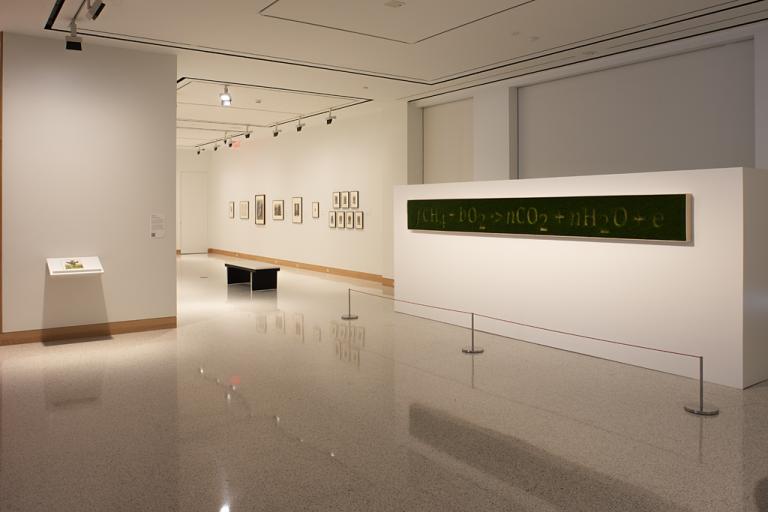Canadian anemone (Renunculaceae/Anemone pennsylvanica [Anemone canadensis L.]) Collected by Lewis Lindsay Dyche in Lawrence, Kansas, circa 1878–1915, unknown maker from the United States
Artwork Overview
Canadian anemone (Renunculaceae/Anemone pennsylvanica [Anemone canadensis L.]) Collected by Lewis Lindsay Dyche in Lawrence, Kansas, circa 1878–1915
, circa 1878–1915
Where object was made: Lawrence, Kansas, United States
Credit line: Loaned by the R. L. McGregor Herbarium, Biodiversity Institute & Natural History Museum, University of Kansas
Accession number: EL2018.018
Not on display
If you wish to reproduce this image, please submit an image request
![Canadian anemone (Renunculaceae/Anemone pennsylvanica [Anemone canadensis L.]) Collected by Lewis Lindsay Dyche in Lawrence, Kansas, circa 1878–1915](https://sma-search-api.ku.edu/ea4208842c08996bda056e641cd793b4b74066379b42086fda0a837d677233f8/EL2018.018.jpg)

